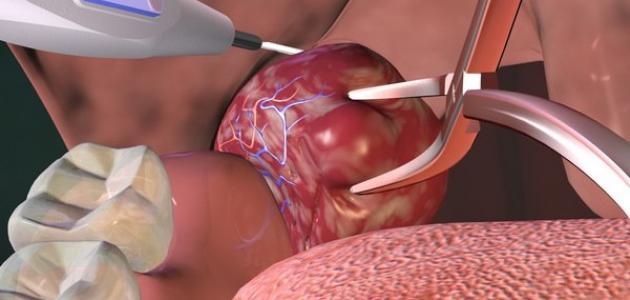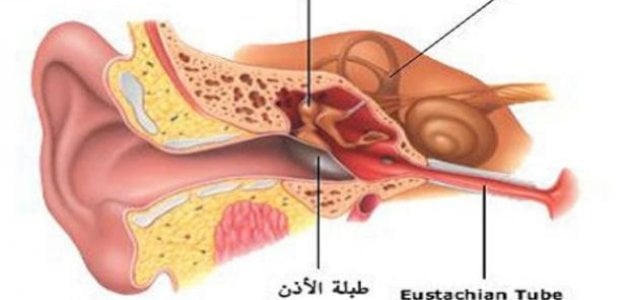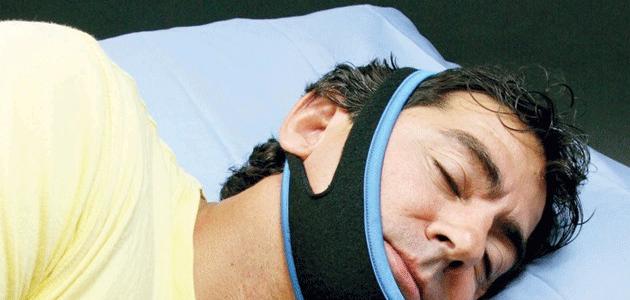Tonsils
The human body has many ways to defend it against viruses and germs, and the tonsils are considered one of the first line of defense that prevent viruses and germs from entering the body through the throat. The tonsils are located at the back of the throat.
Tonsils may become the source of diseases; They may become inflamed and increase in size, causing high temperature, difficulty swallowing, and severe pain. If the inflammation continues and recurs almost permanently, the damage may reach the heart, kidneys, arthritis, and other things.
They may also affect the affected person's sleep and cause him to snore, insomnia, and inability to sleep. In some cases, their increase in size may cause suffocation at night during sleep, or the emission of a bad odor from the mouth, and here the process of removing them becomes better than keeping them alive.
tonsillectomy
Tonsillectomy is considered one of the most common surgical operations throughout the world, and is often not accompanied by any complications. Children are the age group most affected by recurrent tonsillitis and therefore the most common group in which tonsillectomy is performed.
before the operation
The doctor specializing in the nose, throat and ear must conduct the necessary examinations for the injured person, especially if he is a child, in order to be able to control him and not cause him to suffer from fear that affects the course of the operation. The child needs fewer examinations before the operation than what an adult needs. The child must be sure that he is not injured. With blood clotting, which may cause bleeding during or after the operation only, while the adult needs a heart examination, heart chemistry test, and other tests as needed.
Read also:What causes tinnitus?
During the operation
- The patient enters the operating room and then lies on the bed with his head slightly tilted. The patient is fully anesthetized, then his mouth is kept open using special tools so that it does not close suddenly during the operation.
- The specialist doctor uses traditional tools to get rid of the tonsils, and bleeding may occur in their place, which requires the doctor to use cauterization to stop the bleeding.
After the operation
- After the operation is completed, the patient is taken to a private room to wake him up and ensure his health condition and the absence of any complications.
- The patient is given sips of some clear liquid such as water or apple juice.
- The patient must be monitored intensively after the operation to ensure that there are no complications from the operation, as in some rare cases bleeding may occur one to seven days after the operation. If bleeding occurs, one must rush to the nearest emergency center to stop the bleeding.









